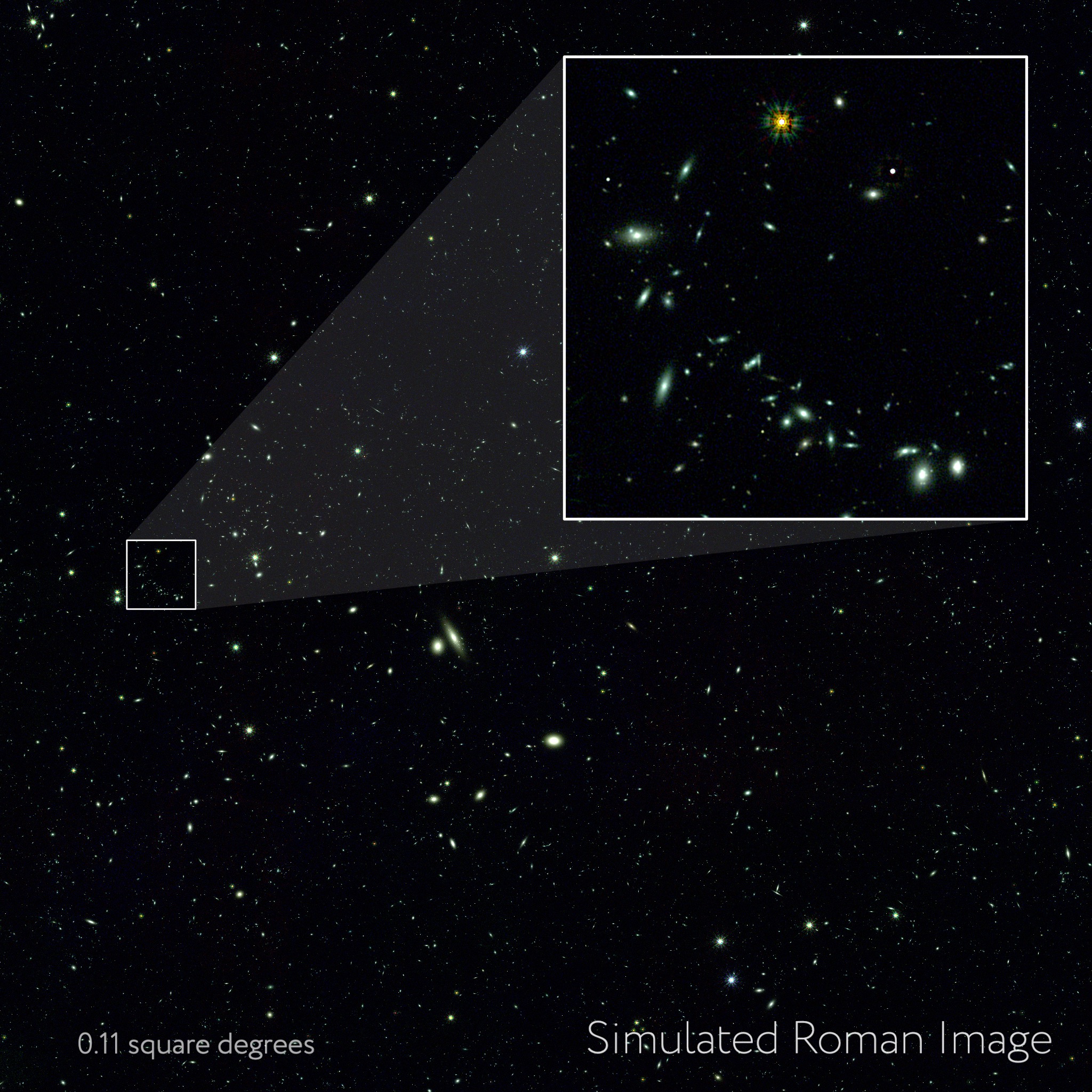Researchers are diving into a synthetic universe to help us better understand the real one. Using supercomputers at the U.S. DOE's (Department of Energy's) Argonne National Laboratory in Illinois, scientists have created nearly 4 million simulated images depicting the cosmos as NASA's Nancy Grace Roman Space Telescope and the Vera C. Rubin Observatory, jointly funded by NSF (the National Science Foundation) and DOE, in Chile will see it.
Michael Troxel, an associate professor of physics at Duke University in Durham, North Carolina, led the simulation campaign as part of a broader project called OpenUniverse. The team is now releasing a 10-terabyte subset of this data, with the remaining 390 terabytes to follow this fall once they've been processed.
"Using Argonne's now-retired Theta machine, we accomplished in about nine days what would have taken around 300 years on your laptop," said Katrin Heitmann, a cosmologist and deputy director of Argonne's High Energy Physics division who managed the project's supercomputer time. "The results will shape Roman and Rubin's future attempts to illuminate dark matter and dark energy while offering other scientists a preview of the types of things they'll be able to explore using data from the telescopes."

A Cosmic Dress Rehearsal
For the first time, this simulation factored in the telescopes' instrument performance, making it the most accurate preview yet of the cosmos as Roman and Rubin will see it once they start observing. Rubin will begin operations in 2025, and NASA's Roman will launch by May 2027.
The simulation's precision is important because scientists will comb through the observatories' future data in search of tiny features that will help them unravel the biggest mysteries in cosmology.
Roman and Rubin will both explore dark energy






